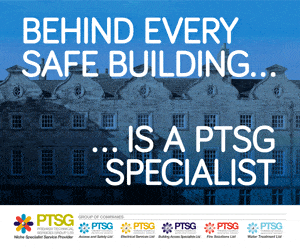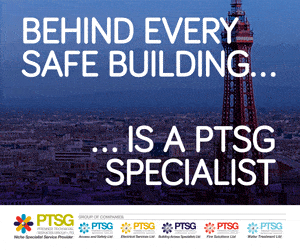Insight from Lovit’s Shane Manogue
Great communication is the foundation of customer service and every interaction between your company and your customer is a chance to ensure your company’s brand is portrayed positively.
In a fast-changing world with new post pandemic working arrangements companies have had to evolve their communication methods to meet their customers desire for immediacy in response and resolution times.
After speaking to several companies about their approach to communication in a post pandemic world we’ve compiled our thoughts on the top influencers for great customer communication.
Great listening
Whilst customer service should run through the culture of a company as part of offering a seamless client experience, it’s often said that customer service happens only when the client has a question or a problem. One of the top annoyance factors for customers is that they may not want to wait to speak to a customer service representative, they will be even more frustrated if they don’t feel listened to or if you don’t understand their problem. Great customer communication starts with active listening and understanding your customers’ needs.
Choice
More than ever before clients expect to be able to communicate with companies in whatever method they choose. Over 50% of people say they prefer companies that respond to customer complaints through social media.
Companies are using an omni channel approach to give this choice to their customers, utilising phone, email, social and video as mediums to be able to communicate and share information with their customers.
A further consideration for companies when it comes to choice of communication medium is the neuro diversity of your customers. As businesses we’re used to broadcasting information in a way that is easiest and most time effective for us, but have we considered our customers’ ability to consume the information? Studies have shown that neuro diverse people often consume information easier through video rather than long emails.
The impact to your company of people not connecting to your brand or not being able to follow through on any instructions or guidance given may include lower customer retention rates or a drop in Net Promoter Scores.
Clarity
Clarity of information is key to ensuring that customers know that you understand the problem and know how to fix it. Often to create clarity in communication requires you to break complex information down into simpler terms that are more readily understood. If the complex information has to be sent then supplementing this with another communication medium such as video could help your customers to better understand what’s being said.
Communicating in a way your customer can consume and understand the information prevents misalignment and frustration which in turn delivers greater customer confidence and connection with your brand.
Internal communication to deliver results
As well as ensuring the customer feels heard and responded to in an engaging manner, delivering great customer service is also largely connected to delivering a satisfactory result to the customer whether that’s through the information exchange or fixing a problem that exists. Often we focus on customer communication as the things we say externally, yet so much of providing great customer service is how we communicate internally to achieve a great result for our customers. Misalignment or lack of clarity in describing the customers problem as departments collaborate to resolve the issue leads to extended time periods to execute a task. Since the pandemic and increased flexible working the ability of people inside businesses to communicate has become much harder. Those companies that are renowned for excellent customer service have come up with fresh approaches for how their teams communicate including the replication of internal applications that mirror the functionality of social media to create more immediacy of chat, create networks and the ability to add images and video for clarity.
I’d like to leave you with one thought. Only 7% of communication is verbal whilst the non-verbal interactions, such as tonality is 38% and body language is a massive 55%. Does the way your business communicate with its customers enable you to get across your message effectively?






















































































